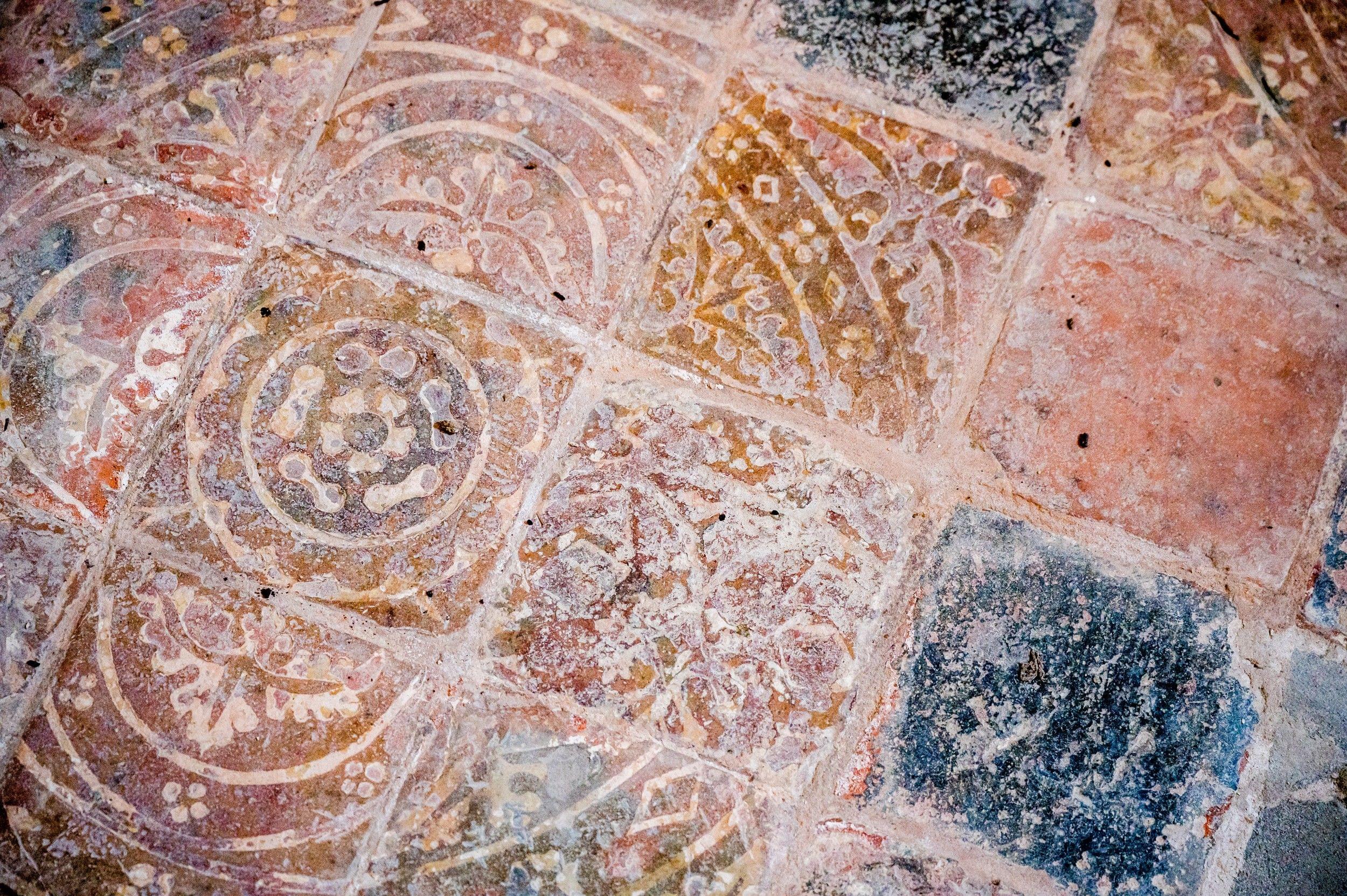Castle Square URC
Trefforest, Glamorgan
Castle Square is a small church set in a village which has now been almost taken over by the University of South Wales which is just up the road from the church.

Welcome to the church of St Dyfrig, home of the Catholic community of Pontypridd and Treforest since 1927 and designed in the mock Byzantine style.
Treforest, Glamorgan
On entering by one of the two entrances at the west front you arrive in the narthex of the church, which was part of the 1999 refurbishment.
Between both entrances is the original Baptistery. This is now a shrine to St Dyfrig, the baptismal font is now located in the Sanctuary. Above the narthex is the choir loft where the organ is located.
Inside the main body of the church (the nave), you can see the sanctuary to the east end. To the right or south is the Lady Chapel which was added in the 1960s. This chapel is used for private meditation and by small groups for prayer gatherings. As part of the refurbishment of the church in the 1990s, Pennane Crabbe and Eddie Meek (parishioners of St Dyfrig’s) were tasked with creating a number of artworks to be used in the church. At the end of the north aisle is the shrine of Our Lady of the Valleys. The image depicts Our Lady seated with the infant Christ on her lap stroking a bird resting on Our Lady’s hand. At end of the south aisle is an image of the Baptism of Our Lord by St John the Baptist matching that of Our Lady of the Valleys.
Above the altar hangs the Holy Rood (cross). It is the largest of the marquetry artworks. It contains the sculpted figure of Christ crucified with Our Lady and St John to the left and right. At the four ends of the cross are the emblems of the Four Evangelists. At the top is St Matthew, the winged man; to the right is St John, the eagle; at the bottom is St Luke, the bull; and to the left is St Mark, the Lion.
The Stations of the Cross are delicate scenes set in wooden frames. The set in St Dyfrig’s contains 15 scenes including the Resurrection. The Treforest mission was established in 1853. Four years later a modest Gothic style chapel-school was opened in Wood Road dedicated to St Dubritius (the Latin form of St Dyfrig). With industrialisation of the area in the 19th and early 20th centuries, a large number of Catholic workers and their families moved to Treforest and surrounding districts. This meant that a larger church would be needed to cope with the increased congregation.
In 1912 the parish priest Fr McManus obtained the site on Broadway for the location of a new church, hall and presbytery. The Memorial Hall (dedicated to the men of the parish killed in the First World War) and the Presbytery were built between 1921-23. The construction of the church took place during 1926-27. It was opened by Archbishop Mostyn on November 14th 1927, the feast day of St Dyfrig. The cost was approximately £20,000 and the architect was Thomas Morgan of Pontypridd.
Following the Second Vatican Council (1962-65) the church was reordered. This included the adaptation of the sanctuary with a new altar and the removal of the altar rails, a new baptismal font was located in the sanctuary and a side chapel was added. In 1999 the church was enhanced with a series of unique marquetry fixtures. In 2001, St Dyfrig’s was listed Grade II due to its architectural interest as a distinctive and well preserved church designed in the early Christian style.
Trefforest, Glamorgan
Castle Square is a small church set in a village which has now been almost taken over by the University of South Wales which is just up the road from the church.
Hopkinstown, Glamorgan
Capel Rhondda was built in 1853 and rebuilt in 1886.
Nelson, Gwent
St John's church is located on the north side of High Street, on the western margins of the former village.